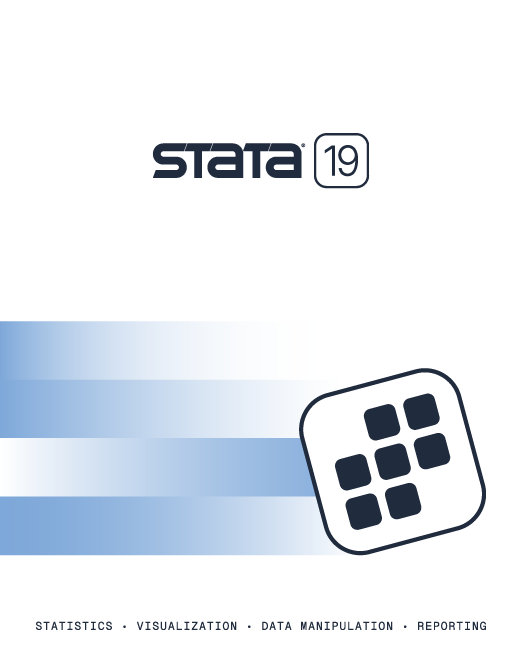
$325.00
Self-paced
Jump to course content
Learn how to create and debug your own commands that are indistinguishable from the commands in Stata. You will be able to parse both standard and nonstandard Stata syntax using the intuitive syntax command, to manage and process saved results, to post your own saved results, to process by-groups, to create data management commands, to program your own maximum-likelihood estimator, and more. In short, learn to create commands that act just like the commands that ship with Stata.
Discounts available for enrollments of two or more participants.